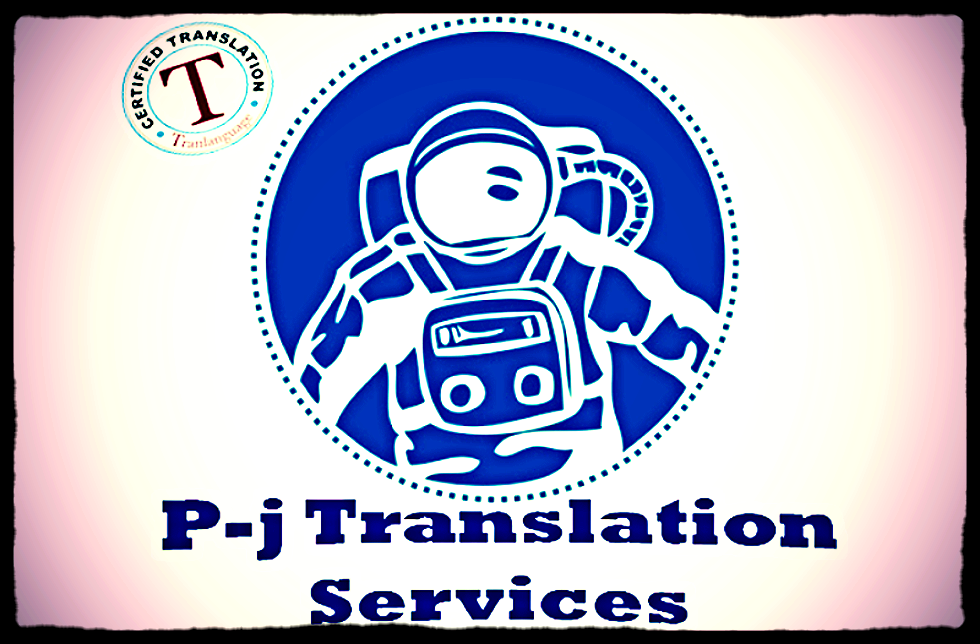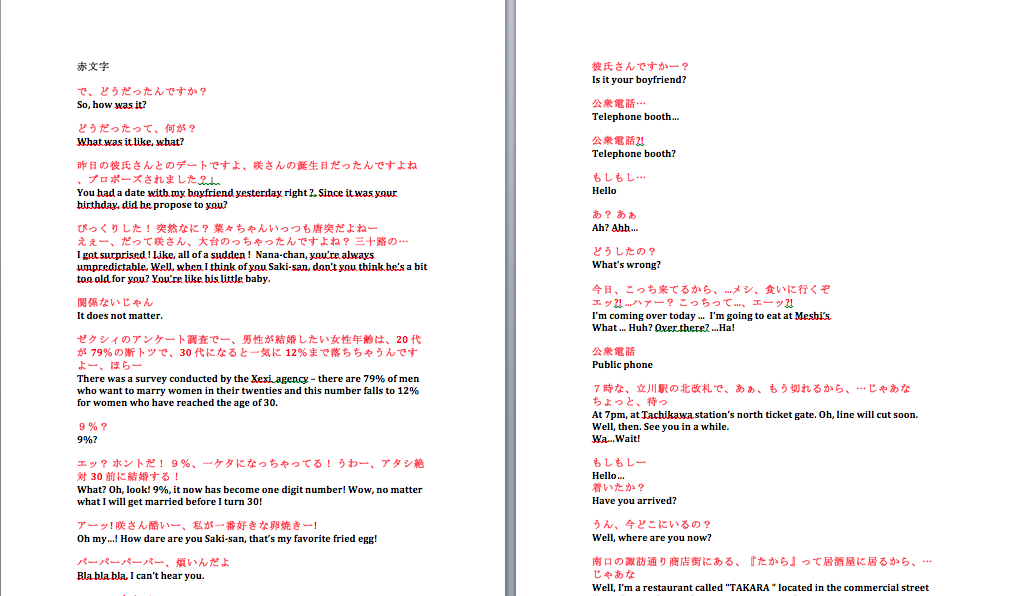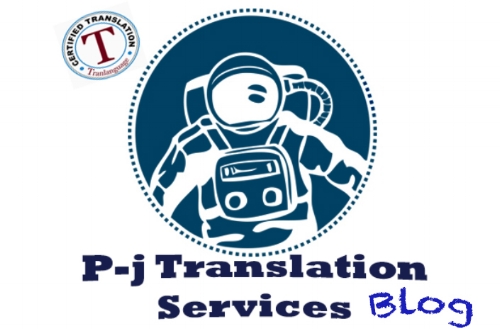The translation and localization industry has seen some impressive innovations over the past decade, but in many ways, it has remained stubbornly resistant to change.**
There are many different types of translation API options starting with the regular Machine Translation APIs being widely and constantly promotted and further improved in their core-substance in the digital market place.
This type of API is very limited to just one thing – enabling you to push content into an automatic translation tool, after which the translated content is pushed back to your target destination. For example, one may find that type of API being offered for Google Translate and Bing Translator (or even Weblio).
Indeed, I would then to agree with the idea that this kind of API is that it’s easy to access, widely used, and frequently updated. The bad thing about it is that it’s usefulness is very limited, because the quality of the output is usually so poor that it makes for a terrible user experience. Using machine translation is not only bad for human users. It’s harmful to SEO, because search engines view it as low-quality, computer-generated content.






